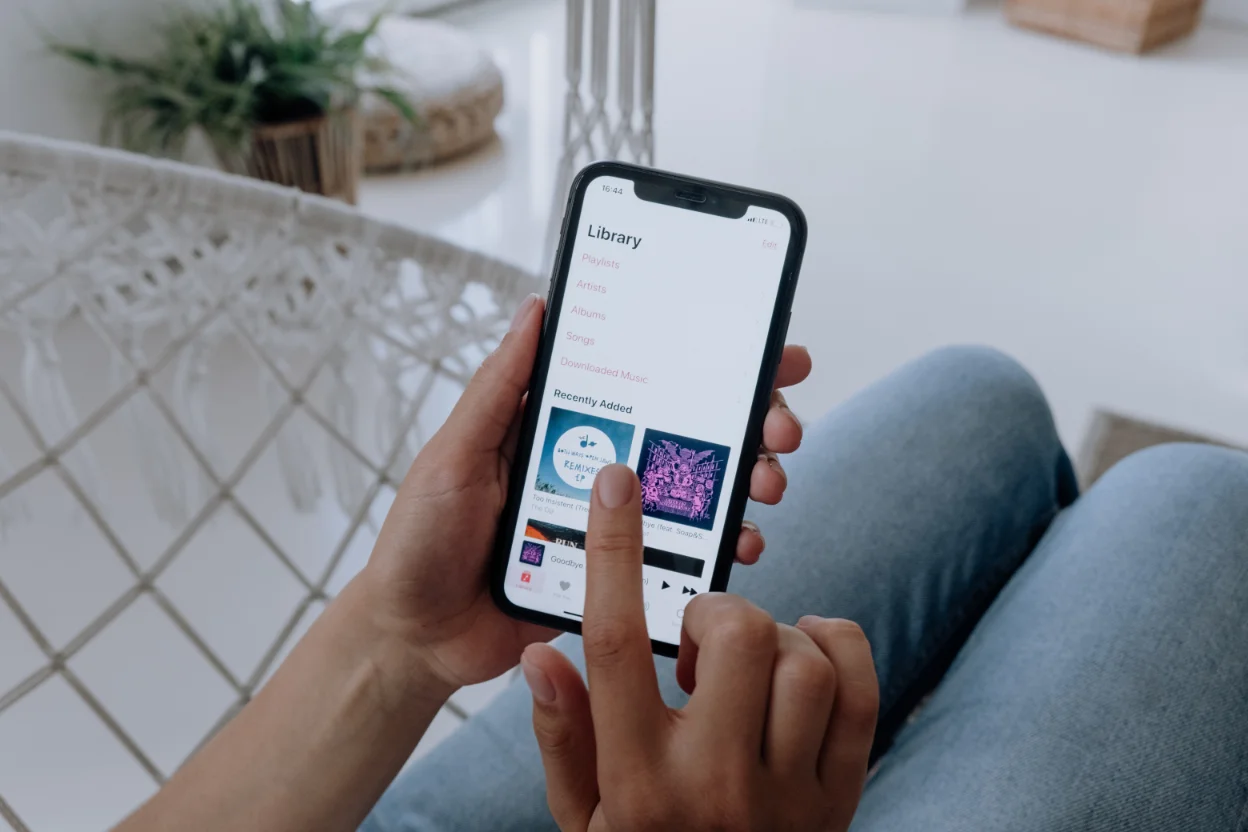Want to develop a website or app that users are going to love? Then creating an attractive, user-friendly interface is essential. An effective way to achieve this is to use animated elements that enhance the user experience.
In this article, we will discuss the power of animations in websites and apps and explain some of the ways you can implement it.
Why are animations so important anyway?
Animations play an important role in interface design because they evoke human emotions that are otherwise difficult to convey. They can help explain complex concepts, such as how something works or what happens when someone clicks a button. They can also help visually clarify where the focus is on a page or screen.
Besides being useful for conveying information, animations can also help create atmosphere and emotion. In a way that fits the branding or style you want to convey.
Consider, for example, a website for children. In that, the choice of bright colors and playful animations is a logical one, while with a business website you use tight movements to exude professionalism.
 How to apply animations in modern web and app interfaces
How to apply animations in modern web and app interfaces
There are several ways in which animations can be used in interfaces. Below we give some examples.
1. Interactive microinteractions.
Micro-animations are small, subtle movements used to provide visual feedback to the user in a way that would not otherwise be possible. For example, they can be used to indicate that a button has been pressed or that a page is loading.
With microinteractions, you bring an interface to life by providing direct feedback on user actions. Consider, for example, a shopping cart that moves happily up and down when you add a new item, or confetti through the screen when you place an order. Want to brighten it up completely? Then you can also add fun sound effects.
You bring to life users’ actions that are normally unremarkable or “boring” with these micro-interactions. This is how you enhance the user experience and bring more fun to your website or app.
2. Page transitions
Page transitions are animations that occur when the user navigates from one page to another. These transitions can help improve the flow of a website or app and provide more consistency in the design.
These smooth transitions between different screens and elements are crucial for a seamless user experience. In it, you can use animations to smooth transitions, such as using a fading effect when you open a new screen.
By making page transitions look smooth to the user, you create the feeling of moving organically through the interface. In addition, you remove abrupt interruptions that not only make it look faster, but also feel faster.
 3. Animated illustrations and icons
3. Animated illustrations and icons
Visual communication is essential to engage users. Animations allow you to bring illustrations and icons to life. Think of a heart icon that beats rhythmically when you click on it. This creates a sense of interactivity and fun for users.
With animated illustrations or icons that change, you can increase interaction in a playful way. For example, consider a travel app, where when you select the search button, you see an animated illustration of a plane taking off and flying through the air.
4. Scroll-based animations
Linking animations to users’ scrolling behavior can tell compelling stories and present complex information in a manageable way.
An example is a parallax effect, where backgrounds move slower than the foreground while scrolling. This creates a sense of depth and dynamism, making visitors want to explore the page further.
5. Loading screen animations
Of course we do everything we can to build super fast websites and apps, but sometimes you can’t escape loading. We know this is a time-consuming and frustrating experience, which is why we do our best to make it as fun as possible with the help of animations.
Consider, for example, an animated logo or a moving progress bar. This reassures users that something is happening behind the scenes and the page is doing its best to appear on the screen as quickly as possible.
 6. Visual storytelling with moving images
6. Visual storytelling with moving images
Add narrative elements to your interface and really bring it to life with users. Think about using simple illustrations to full animated videos that run through as a background or header.
For example, with an app where you can order food. After ordering, the app can show an animated illustration of a chef preparing the food. The illustration can show step by step the ingredients being cut, cooked and mixed, while the flavors and aromas seem to come alive. Are you getting hungry yet?
How do you implement animations in your websites and apps?
Nice, all these different uses of animations in a website or app. But how do you implement them? Several frameworks and libraries are available for this purpose. Below we briefly mention two popular options:
1. React Spring
React Spring is a popular library for creating complex animations with React components. It provides several functions that allow you to work with CSS properties such as transform and transition properties such as timing functions.
2. Vue.js Animations
Vue.js Animations provides an easy way to add animations to Vue.js components. It can be used to create transitions between pages, or applied for the appearance and disappearance of elements such as drop-down menus or sliders.
Apply animations when developing your website or app
With animations, you can improve the user experience of your website in many different ways. But, it is important to do this the right way. The animations must be functional, and developed appropriately.
Of course, we are happy to help with that. Want to know what’s possible, or have questions? If so, please feel free to contact us!





